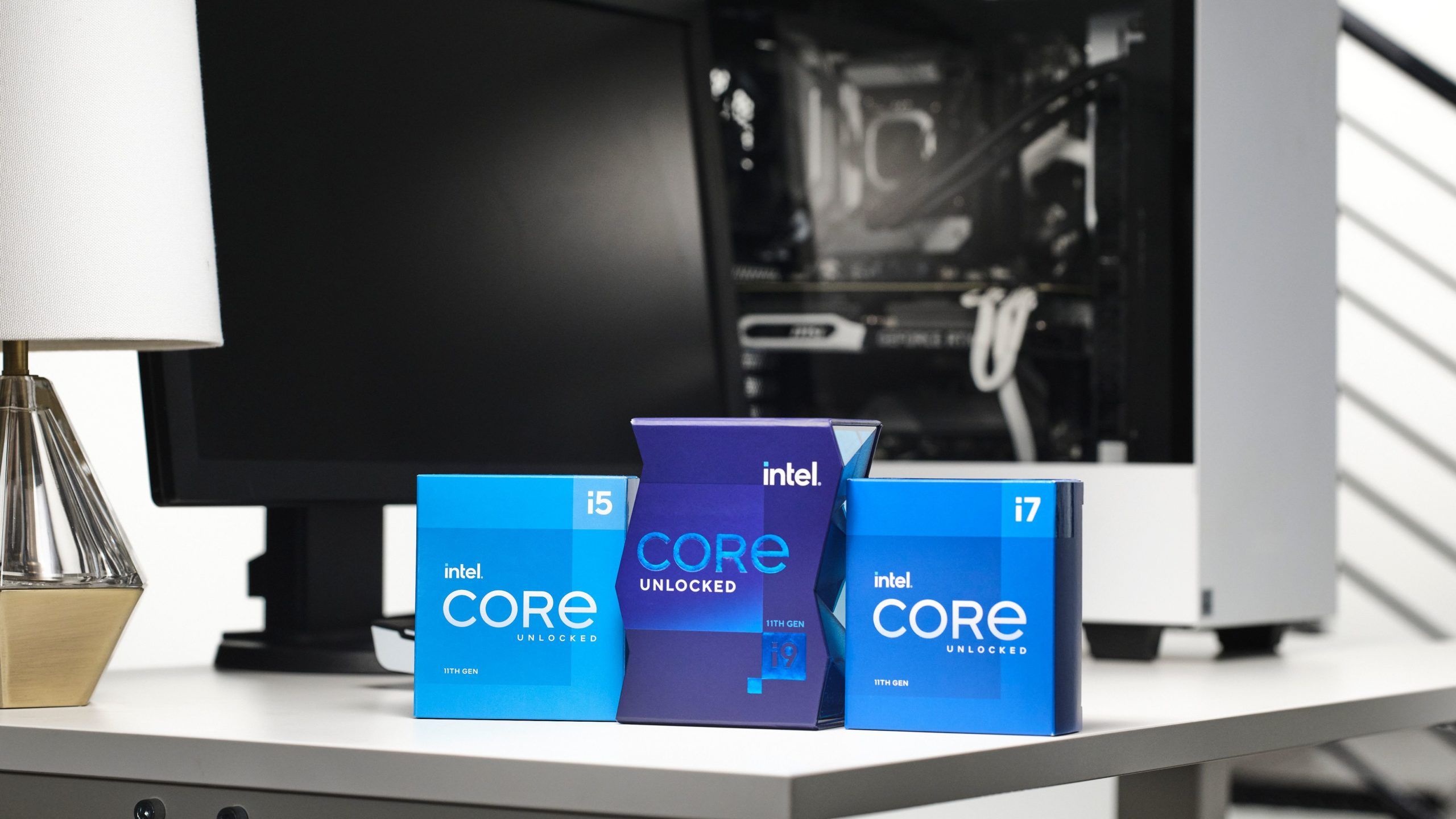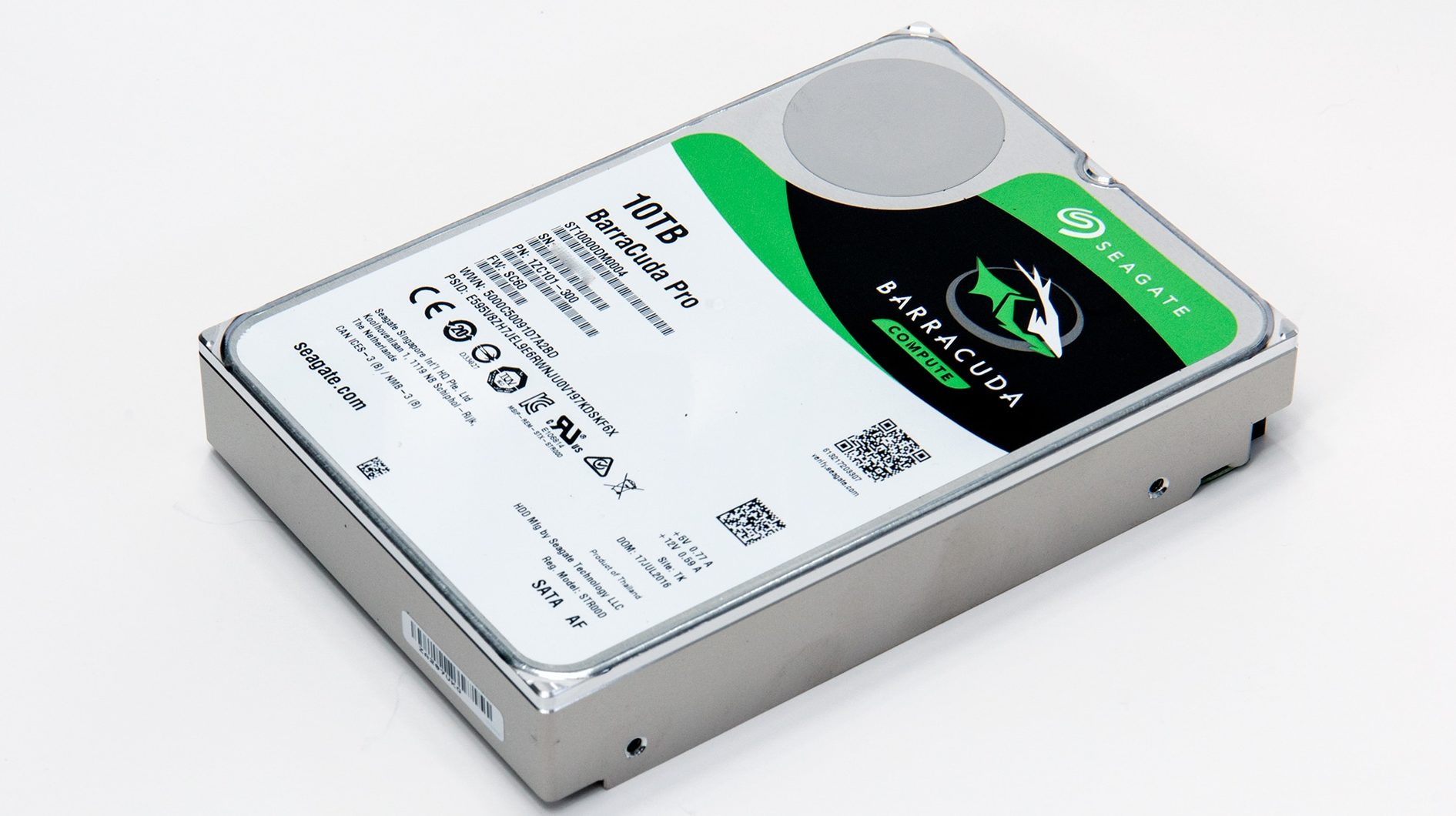Not that long ago we took a long hard look at the Intel 10th generation Core i series and walked away fairly impressed. The combination of upwards of ten cores at blazing fast frequencies with rather reasonable price tags did make them a viable option. They, and our review, however were not without controversy. Mature, but larger, node process; monolithic, instead of ‘chiplet’, core architecture; relatively fewer, if not ‘few’, cores compared to Ryzen. The list was rather long. Since then, AMD dropped their Zen 3 on to the marketplace and added another potential negative to 10th gen ‘Core i’ models… lower IPC. Intel’s response is their long-awaited 11th gen – codename Rocket Lake – and today we will be looking at exactly this ‘new’ generation brings to the table. Specifically, the top of the line (for now) ‘i9’ (Core i9-11900K) and perennial favorite ‘i5’ (Core i5-11600K).
Even a first-time buyer glancing at the changes from 10th to 11th generation will get that this is going to be another controversial launch for Intel. When it began to appear on Intel’s long-term roadmap, and it’s specs leaked on the Internet, the 11th generation was going to be (at worst) 10nm based. Most likely a Sunny Cove core design base. That has not happened. Intel 10nm node process is still being worked on and is not ready for prime-time.
This “last-minute” change in node process means that Intel’s design team had to drop what they were doing (bug hunting) and… ‘rework’ a core designed for 10nm to work on 14nm. Thus ‘Cypress Cove’ was born and has temporarily displaced Sunny Cove as the underlying architecture. Ask any electronics designer and they will tell you that making a design work on a larger node process is not as easy as going into a set of blueprints and cntrl+H’ing ’10’ and replacing with ’14’. A lot of low-level changes had to be made. Some will argue ‘sacrifices’ would be more accurate than change. In the coming pages we will go into detail on what had to be changed… but as a short primer, CPU clock frequencies, power requirements, higher core count, maybe even most of the promised IPC improvements are going to be ‘TBA’… and waiting for 10nm before they become reality.

To be a bit more precise, the Core i9 is going to be impacted the most and i3’s the least from having to use 14nm+++(…+++++++++ in Internet Troll speak) node process. For example, the shiny new Core i9-11900K is a eight core (sixteen thread) processor which (via TVB – Thermal Velocity Boost) can allow (up to) two of its cores to hit 5.3GHz, and allows for upwards of 251 watts of power draw (PL2). If a certain sesame street song is on loop in your head, fear not (and maybe put on loop Yellowman’s Zungguzungguguzungguzeng). Yes, the 11900K shares nearly the same frequency and power consumption specs as the 10900K, then shaves off two full cores, and then increases the price from (10th series launch day) $488 to $549… but Intel has included some features to help counteract this less than optimal first impression.
To counter act the loss of 2 cores is the promised IPC gains of 19percent and PCIe 4.0 (20 lanes with 16 for Add In Cards and 4 dedicate for NVMe storage). PCIe 4.0 alone is a big deal, and IPC improvements are equally important. Intel has also included a new Boost technology they call “Intel Adaptive Boost Technology” which (when temp and power allows) allows all eight cores to hit (up to) 5.1Ghz even when all are active. That is a noticeable improvement over the last generation’s I9 which could not even come close to breaking the ‘all core’ 5GHz barrier without manual overclocking. With that said, and improvements or not, it really is going to be tough for buyers to get past the loss of two full cores. Especially when its nearest priced Ryzen 5000-competitor, the 8c/16t Ryzen 7 5800X, goes for $100 less and offers IPC parity with Intel’s 10th generation Core I series.
Thankfully the Core i5-11600K walks away pretty much unscathed (core count and frequency wise) with the same 6c/12t specifications as the Core i5-10600K. However, thanks to opening up of max PL2 power draw ratings to 251 watts (and Tau at 56 seconds!), instead of topping out at 4.8Ghz like the i5-10600K it now reaches 4.9Ghz and can stay there much, much longer. Even better Intel has not increased the MSRP. Instead, it will still have an MSRP of $262… or $27 less than its main rival the (6c/12t) AMD Ryzen 5 5600X demands. Now that is indeed interesting to say the least.
Also firmly in the ‘win’ column is the Z590 chipset has not had any last minutes changes done to it and its promises have indeed been kept. We will go over the long list of improvements this chipset brings to the table later in the review. So, we strongly recommend taking a close look at this combination before anyone writes off the 11th Generation Core I series. Then think about your actual system needs, and if the Intel 11th series is right for you or not. It may just surprise you and the new Z570 chipset may indeed do yeoman’s work at overcoming the 14nm node limitations imposed upon Rocket Lake.











